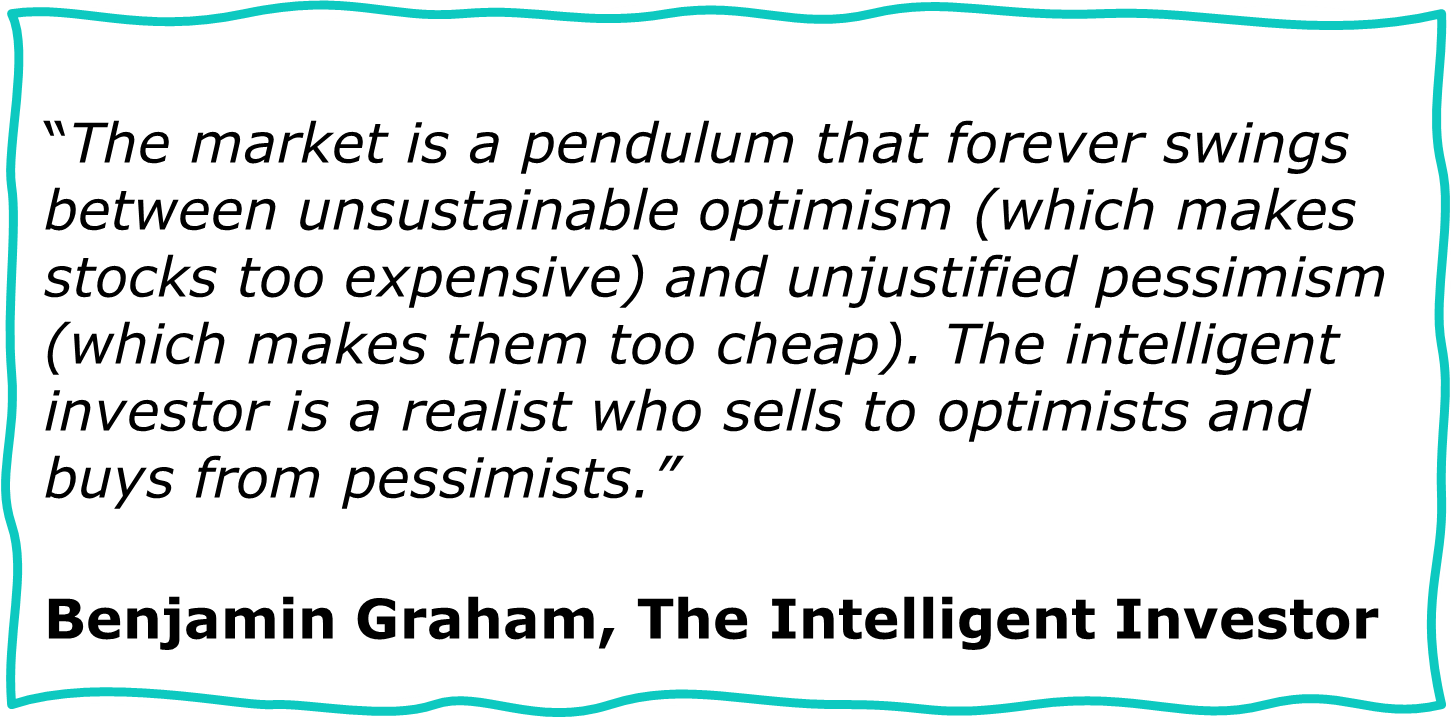 It has certainly been a unique Inauguration week, Trump’s attention-seeking behaviour getting him all the attention he craves. Markets were largely unmoved by him, despite his proclamations which made clear the increased inflation risks.
It has certainly been a unique Inauguration week, Trump’s attention-seeking behaviour getting him all the attention he craves. Markets were largely unmoved by him, despite his proclamations which made clear the increased inflation risks.
For example, the most obvious this week was the invitation for all global businesses to relocate to the US, just as he seeks to forcibly eject the cheapest part of the US labour force. Equally daft was the clarion call to Saudi Arabia to get the oil price down, which will discourage US shale production.
Putting Trump noise to one side, it is interesting to see where investors have been putting their money so far this year.
Europe ex UK is up 4.9%, with the German Dax the star, spiking over 7%. Hopes for rate cuts are an obvious driver, and such a bounce often occurs when the economic news seems most gloomy. There are both a mix of opportunities and traps in Europe, and in the weeks ahead we will do a deeper dive. For now, be wary of more concrete tariff news, which could trigger a wobble, as a minimum.
The UK is split, with the FTSE 100 up 4.8%, following Europe as a whole, but the more domestically focussed FTSE 250 and smaller companies are down 0.6% - nothing terrible, but this tells us about confidence in the UK at the moment.
Looking across the breadth of commodity funds, gold miners are strongest, up around 15% year to date. And somewhat ahead of the gold price, ahead by just 5%. Gold miners have been highlighted in much New Year research as cheap, and offering an opportunity having underperformed the gold price in 2024. To give a broad-brush picture I typically turn to the JPM Natural Resources fund, diversified across the range of this asset class, and that is up a healthy 10.4%. There were a variety of contributing factors: gold miners bounce, energy shortages, inflation worries, prospect of China revival, to name a few.
There has been a lot of coverage of bonds, whether US government bonds going down, or an opportunity to buy UK gilts, according to Goldman Sachs and other major investment banks. In practice most UK gilt funds have moved +0.5% so far in 2025. This spread is a bit wider for US Treasuries, though the exchange rate also impacts for UK-based investors. This area will undoubtedly become more interesting during 2025, particularly if US Treasury yields head up through 5%, and stay there.
China and India are the laggards so far in 2025. If India is merely going through a small correction rather than something more substantial (below 70,000 on the BSE India Sensex, as mentioned last week), it might find support around 72000-73000. An interesting one to watch.
China is doing better than some indices might suggest e.g. iShares China Large Cap is up 2.5%. It was also announced on Wednesday that Chinese regulators are “encouraging” domestic institutional investors to invest more into large cap Chinese stocks this year. This will help underpin their market even in what seems likely to be a turbulent geopolitical setting.
This sort of encouragement, or State capitalism, is exactly what we hope to be announced in the UK in the not too distant future, and the drums are banging very loudly in Rachel Reeves ear for this to happen ASAP.
In the last week the Government has announced a number of business-friendly interventions, but much more is needed. They could start with the binning the sackcloth and ashes demeanour. It doesn’t help that the Bank Of England seems to be as concerned by temporary inflation tweaks as by seemingly entrenched economic gloom – the consumer confidence figures this morning being more evidence on that point.
If the authorities don’t act we will see more M&A activity in the UK. Some funds are particularly well positioned for more of this, and pay a decent income too. JOHCM UK Equity Income is a good example of such a fund, with a projected yield for 2025 of approximately 5%.
That’s it for this week, as we put the finishing touches to the TopFunds Guide, now in its 45th edition. We will have details next week on how to get your copy.